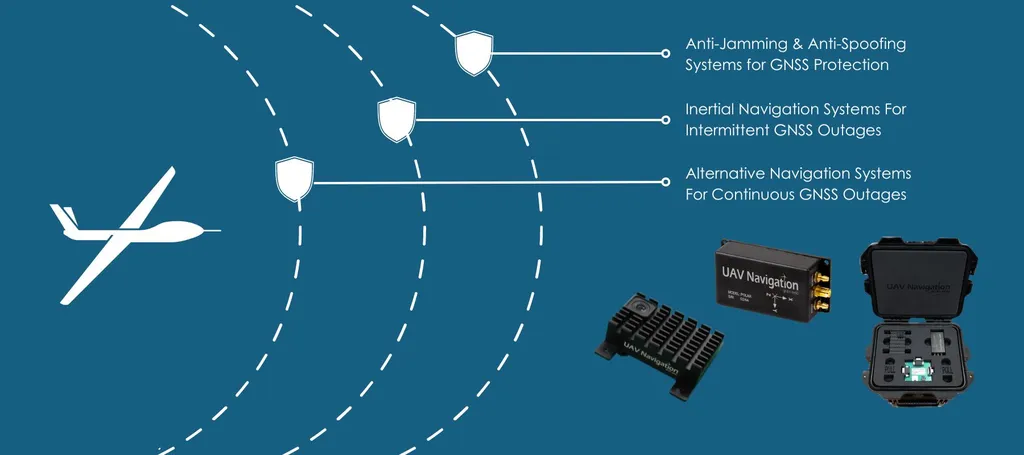Researchers from the University of Michigan, led by W. Jacob Wagner, have developed a groundbreaking localization system designed to enable uncrewed ground vehicles (UGVs) to navigate autonomously in challenging, GNSS-denied environments. The team, which includes Isaac Blankenau, Maribel DeLaTorre, Amartya Purushottam, and Ahmet Soylemezoglu, has introduced the Terrain-Referenced Assured Engineer Localization System (TRAELS), a solution that integrates multiple navigation techniques to provide accurate positioning and mapping capabilities in unstructured outdoor settings.
The challenge of navigating without access to Global Navigation Satellite Systems (GNSS) is a critical one for defence and security applications, particularly in military engineering missions, autonomous construction, and even planetary exploration. Traditional simultaneous localization and mapping (SLAM) systems often struggle in these environments, as they rely on revisiting previous positions to correct errors—a requirement that is impractical for one-way or long-distance missions.
TRAELS addresses this limitation by combining pose estimates from two complementary terrain-referenced navigation (TRN) methods with wheel odometry and inertial measurement unit (IMU) data, all processed through an Extended Kalman Filter (EKF). This approach allows the system to maintain accuracy over extended distances without the need for loop closures, making it ideal for missions where revisiting previous locations is not feasible.
The researchers evaluated TRAELS across a range of environments, demonstrating its effectiveness in areas with both distinctive geometric and ground surface features. In these conditions, the system consistently achieved an absolute trajectory error of less than 3.0 meters. Even in feature-sparse regions, TRAELS proved capable of recovering from large accumulated drift, ensuring robust performance in diverse and challenging GNSS-denied environments.
The implications of this research are significant for the defence and security sectors. Autonomous UGVs equipped with TRAELS could enhance military operations by providing reliable navigation in environments where traditional GPS signals are unavailable or unreliable. This could include dense urban areas, deep forests, or underground facilities. Additionally, the system’s ability to operate in feature-sparse environments makes it particularly valuable for reconnaissance and surveillance missions, where stealth and precision are paramount.
Beyond military applications, TRAELS could also revolutionise autonomous construction and planetary exploration. In construction, UGVs equipped with this technology could navigate complex, unstructured sites with greater accuracy, improving efficiency and safety. For planetary exploration, the system’s robustness in GNSS-denied environments could enable autonomous rovers to traverse the challenging terrains of other planets or moons, collecting critical data without human intervention.
The development of TRAELS represents a significant advancement in the field of autonomous navigation, offering a reliable solution for UGVs operating in some of the most demanding environments. As the defence and security sectors continue to explore the potential of uncrewed systems, innovations like TRAELS will play a crucial role in shaping the future of autonomous technology. Read more at arXiv.

